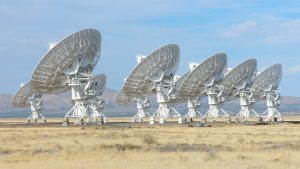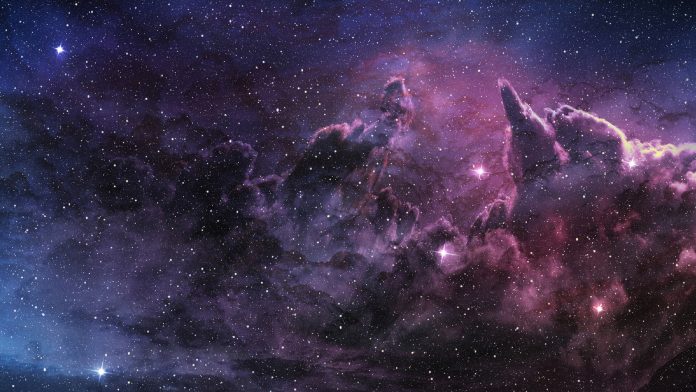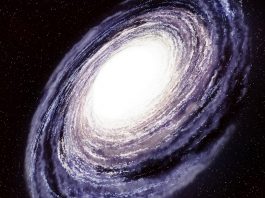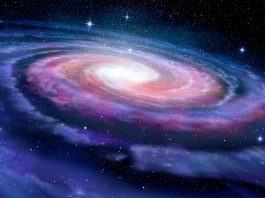A team of astronomers have conducted a novel study, revealing tracers of a massive, undiscovered star formation in the Milky Way.
The GLOSTAR survey (Global view of the Star formation in the Milky Way) employed two of Earth’s most powerful radio telescopes – the National Science Foundation’s Karl G. Jansky Very Large Array (VLA) and the 100-meter Effelsberg Telescope – to identify a previously unknown star formation in our home galaxy, the Milky Way.
The groundbreaking investigation combined the two state-of-the-art telescopes to conduct a sensitive and detailed survey of a substantial area of the Milky Way, providing astronomers with high-quality data that will enhance future space investigations. Their research is published in the journal Astronomy and Astrophysics.
GLOSTAR
Stars with a mass ten times that of our Sun play a vital role in their galaxy, significantly influencing their surroundings; however, understanding massive star formation has evaded astronomers for decades. In the last few years, scientists have combatted this problem by utilising radio and infrared wavelengths to analyse the Milky Way, with the GLOSTAR survey implemented to fully exploit the potential of upgraded telescopes to produce once unattainable data.
GLOSTAR has presented astronomers with revolutionary data on star formation and the inevitable death processes of massive stars, in addition to a more comprehensive understanding of the material between stars. The survey revealed tracers that are indicative of the early stages of massive star formation, such as dense regions of hydrogen gas ionised by the substantial radiation emitted by young stars. Furthermore, GLOSTAR located radio emissions from methanol molecules that can pinpoint the whereabouts of young stars that are hidden by the clouds of gas and dust that envelop them while they are still forming.
Remnants of supernova explosions were also discovered by the survey, far exceeding the findings of previous studies, which only identified around a third of the expected number of supernova remnants in the Milky Way. GLOSTAR more than doubled that amount using the VLA data alone, with further discoveries anticipated using the Effelsberg data.

Rohit Dokara, a PhD student at the Max Planck Institute for Radioastronomy (MPIfR) and lead author on a paper about the remnants, said: “This is an important step to solve this longstanding mystery of the missing supernova remnants.”
Surveying star formation
The researchers amalgamated data from the VLA and the Effelberg telescope to observe the region they studied comprehensively. The multi-antenna VLA is an interferometer that combines signals from widely separated antennas to create images with an extremely high resolution that show small details; however, this system is unable to detect large-scale structures. Nevertheless, by utilising the 100-metre-diameter Effelsberg telescope that is proficient in capturing data on large-scale structures, the team can obtain the complete image.
“This clearly demonstrates that the Effelberg telescope is still very crucial, even after 50 years of operation,” said Andreas Brunthaler of MPIfR, project leader and first author of the survey’s overview paper.
Radio telescopes are vital to revealing dust-shrouded star formation regions, as their radio waves can penetrate the dust that absorbs visible light.
William Cotton, of the National Radio Astronomy Observatory (NRAO), who is an expert in combining interferometer and single-telescope data, said: “The results from GLOSTAR, combined with other radio and infrared surveys, offers astronomers a nearly complete census of massive star-forming clusters at various stages of formation, and this will have lasting value for future studies.”
“GLOSTAR is the first map of the Galactic Plane at radio wavelengths that detects many of the important star formation tracers at high spatial resolution. The detection of atomic and molecular spectral lines is critical to determine the location of star formation and to better understand the structure of the galaxy,” said Dana Falser, also of NRAO.
The initiator of GLOSTAR, the MPIfR’s Karl Menten, said, “It’s great to see the beautiful science resulting from two of our favourite radio telescopes joining forces.”









